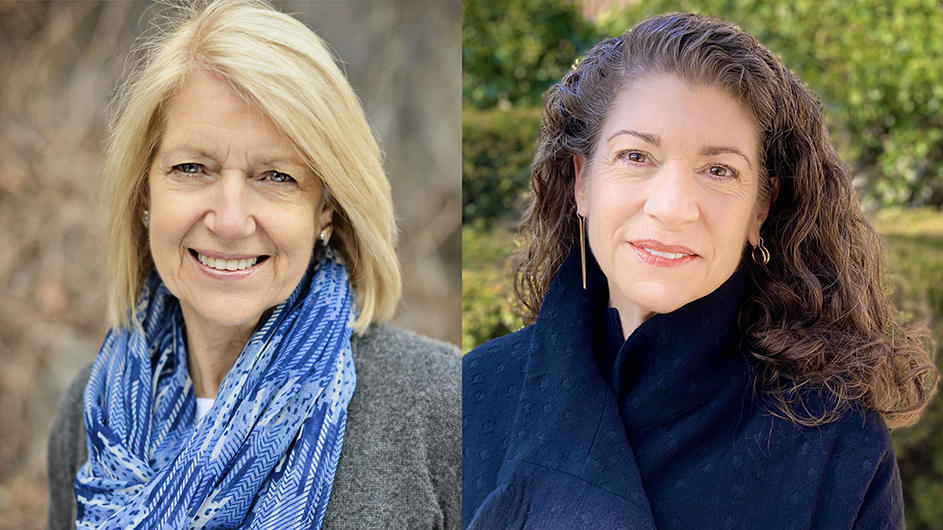Q What are some of the book’s innovative projects and practices that better integrate the dying and the dead with the living, and create positive change supporting sustainable environmental stewardship?
KR: Many cemeteries around the world face extreme limitations when it comes to burial space. Cemeteries are cultural assets and provide crucial open space in dense cities, but the American expectation of a cemetery in perpetuity for every individual is at odds with the density and spatial limits of urbanity. The resource consumption of prevailing coffining and cremation practices is also seen as wasteful by those who prioritize ecological impact.
Cemeteries can serve their current communities through new, sustainable forms of body disposal that biologically engage the body and contribute to the sustainability of sacred civic spaces supporting mourning and remembrance. We and others are developing mortuary options that are gentle on the earth while staying close to where we live.
CS: A growing rejection of embalming and resource-intensive coffins among environmentally conscious families parallels a move towards direct disposal, i.e. the body is moved directly from the deathbed instead of burial. More time is spent with the deceased at the place of death – where the family washes and cares for the body – rather than having the corpse transported to a funeral home. Individualized rituals and services that reflect the character of the deceased, often planned in advance with family and loved ones, occur near the deathbed and the place of final disposition. Proponents of green burial are leading the way.
Q How has COVID accelerated and highlighted the need to address the changing death care landscape?
KR: Never in our lifetime has death been so present. Society desperately needs spaces for healing – from the traumas of COVID, as well as other forms of grief and grievances, including confronting and redressing racial, environmental and economic injustices. Civilian and dignified contexts are crucial for societal care. A sense of community and ritual are important scaffolds around life’s transitions, and we need options and practices commensurate with current individual values and planetary priorities. Compared to just a decade ago, the public interest and willingness to engage in discussions of death and disposition is truly remarkable.
CS: The sheer volume of pandemic-related deaths would have forced the healthcare and funeral complex (undertaker, crematorium and cemetery) industries to reorganize their practices, but the need to self-isolate due to COVID was an impetus stronger to change. Telemedicine, Facebook deathbed farewells, Zoom funeral planning, live streaming and recording of funeral services, and online memorialization have all grown exponentially and are here to stay.
The social inequalities of the pandemic, with much higher death rates for the poor and minorities, have added to the urgency of our need to address systemic change.
Q What was it like to produce a book together?
KR: We both have high standards and have earned each other’s trust and respect. We have different styles: we’re both pragmatic idealists, but Christina is perhaps more straightforward, and I tend to be poetic at times. We complement each other well.
CS: The collaboration process was pleasantly smooth. Karla and I were almost never at odds. Rather than feeling like I was compromising my position in book discussions, I found our dialogues gave me new ideas and expanded perspectives.
Q Have you recently read any books that you would recommend, and why?
CS: In notes on mourning, Chimamanda Ngozi Adichie shares her experience after her father’s death during the pandemic. She allows her pain and her reactions to emerge onto the page with irresistible power. His suffering, questioning, search for meaning, and desire to honor his deceased father touch on common themes of grief – the bodily sense of grief, the failure and support of rituals, the need for time and space. alone and in community. His dual project of commemoration and finding a way to live with grief is a gift to the reader.
KR: I would add that of Elizabeth Kolbert recently published Under a white sky. I haven’t read it yet, but it’s a continuation of his excellent research and writing on the impacts we humans have on the planet, and I mentioned it earlier The sixth extinction regularly. Taking responsibility for the consequences of our actions is a timeless ethical imperative.
Q You two are hosting a dinner party. Which three scholars or scholars, dead or alive, would you invite, and why?
CS: Without any restriction on the guest list, I will aim high: it would be a treat to bring the Dalai Lama and Archbishop Desmond Tutu together, so that they can continue their charming lunchtime banter, told in their The Book of Joy – Lasting Happiness in a Changing World. As a foil to these two “mischievous” (as they describe themselves in the book) male religious leaders, I’ll invite an atheist woman who can match their wits, perhaps Barnard graduate Zora Neale Hurston, or perhaps being the first women’s rights leader, Ernestine Rose, says she possesses “a rare sense of humor”.
We may end up directly addressing post-mortem issues, but no matter where the conversation takes, mortality remains fundamental to human life and is never entirely absent.
KR: My days are overflowing with teaching, research and the construction projects of my architectural firm, so I would be delighted to participate in this exceptional evening!
Check out the books to learn more about Columbia faculty publications.

